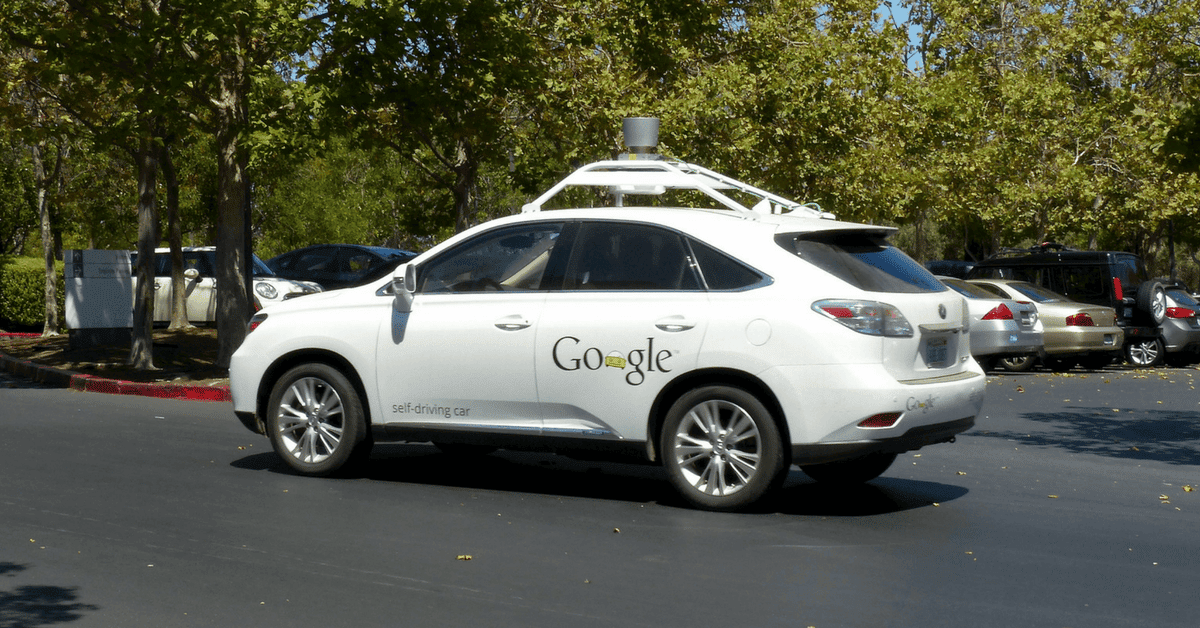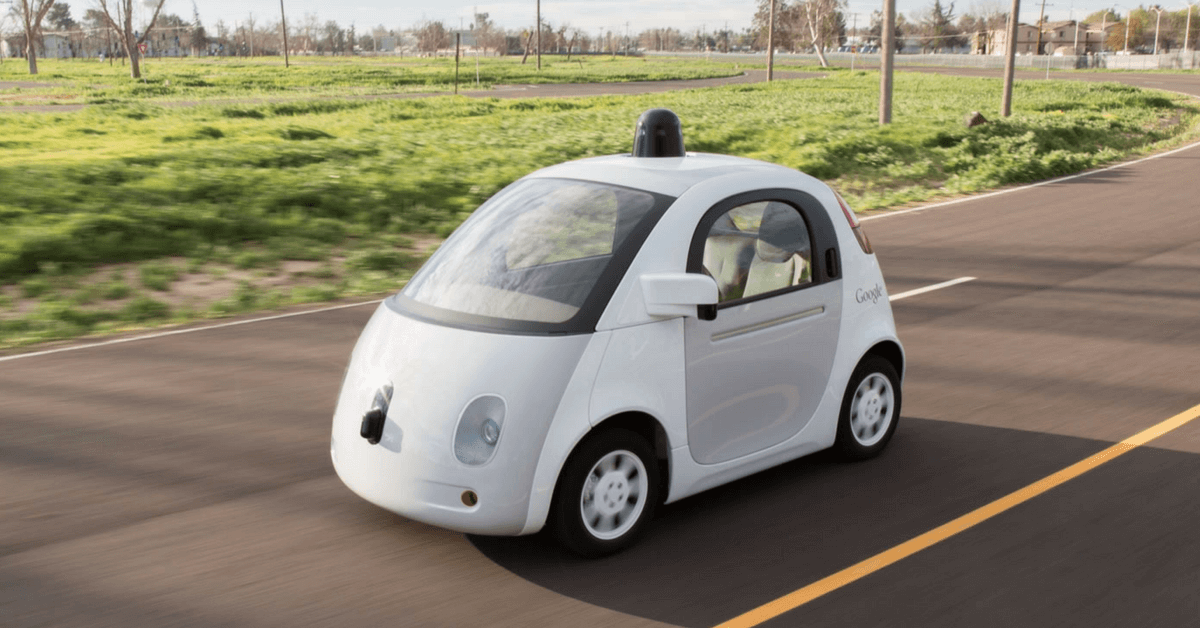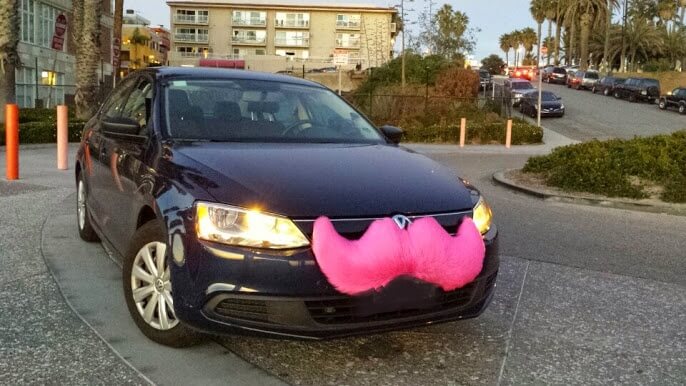Will states take cue from Fed ‘Model State Policy,’ which includes $5 million in insurance coverage for crashes and for road testing as part of U.S. DOT’s ‘Federal Automated Vehicles Policy’

Yesterday, I wrote about the U.S. Department of Transportation’s new “Federal Automated Vehicles Policy,” the policy’s 15-point safety assessment for driverless-car manufacturers and the potential of self-driving cars to “save thousands of lives …”
Today, I want to gaze into the crystal ball and discuss the states after the Federal Automated Vehicles Policy. How will this policy statement impact states like Michigan, that even as I write this, is debating state safety laws regarding the development and introduction of “highly automated vehicles” (HAVs) on state roads and highways.
The feds anticipated this as well. A big part of the U.S. DOT’s overall “Model State Policy,” includes an outline of State roles in regulating highly automated vehicles and has several provisions that apply directly to the states.
A ‘model state policy’ for developing driverless car technology
The U.S. DOT’s Federal Automated Vehicles Policy provides what it calls a “Model State Policy” which, if adopted by the states, “can create a consistent, unified national framework for regulation of motor vehicles with all levels of automated technology, including highly automated vehicles (HAVs).”
The proposed “model framework” for “States that wish to regulate testing, deployment, and operation of HAVs” (as described in the U.S. DOT’s “Fact Sheet: Federal Automated Vehicles Policy Overview”) covers the following:
- Administrative structure and processes that States can set up to administer requirements regarding the use of public roads for HAV testing and deployment in their States;
- Application by manufacturers or other entities to test HAVs on public roads;
- Jurisdictional permission to test;
- Testing by the manufacturer or other entities;
- Drivers of deployed vehicles;
- Registration and titling of deployed vehicles;
- Law enforcement considerations; and,
- Liability and insurance.
What about driverless car liability and bodily injury insurance for self-driving cars involved in crashes?
Here’s what the U.S. DOT’s policy says about insurance and liability for motor vehicle accidents involving automated vehicles:
- “States are responsible for determining liability rules for HAVs. States should consider how to allocate liability among HAV owners, operators, passengers, manufacturers, and others when a crash occurs. For example, if an HAV is determined to be at fault in a crash then who should be held liable? For insurance, States need to determine who (owner, operator, passenger, manufacturer, etc.) must carry motor vehicle insurance. Determination of who or what is the ‘driver’ of an HAV in a given circumstance does not necessarily determine liability for crashes involving that HAV. For example, States may determine that in some circumstances liability for a crash involving a human driver of an HAV should be assigned to the manufacturer of the HAV. Rules and laws allocating tort liability could have a significant effect on both consumer acceptance of HAVs and their rate of deployment. Such rules also could have a substantial effect on the level and incidence of automobile liability insurance costs in jurisdictions in which HAVs operate.”
- “In the future, the States may identify additional liability issues and seek to develop consistent solutions. It may be desirable to create a commission to study liability and insurance issues and make recommendations to the States.”
$5 million in liability coverage for road testing of ‘highly automated vehicles’
Significantly, as part of the application process to “test HAVs on public roadways,” the federal policy requires that the manufacturer of “highly automated vehicles” (who “manufacturer HAVs for testing and deployment on public roadways”) must provide:
“[E]vidence of the manufacturer’s or other entity’s ability to satisfy a judgment or judgments for damages for personal injury, death, or property damage caused by a vehicle in testing in the form of an instrument of insurance, a surety bond, or proof of self-insurance, for no less than 5 million U.S. dollars.”
Notably, the footnote to the above comment observes: “Depending on the circumstances, States may wish to establish a higher minimum insurance requirement.”


